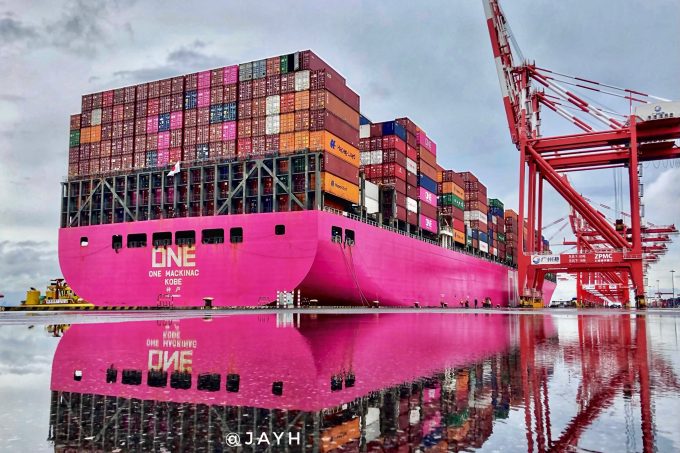
The fractious relationship between ocean carriers and their freight
forwarder and NVOCC customers is seen as one of four key disrupters to
the supply chain next year, by maritime consultant Drewry.
“We are starting to see that some ocean carriers are withdrawing from
NVOCC relationships and others making it difficult for NVOs to offer
carrier-like fixed-contract rates to shippers under preferential ‘named
account’ terms agreed in advance with ocean carriers,” it said.
Several forwarding contacts have told The Loadstar they have been unable to secure rate agreements from the lines for January on the Asia-North Europe and transatlantic routes.
“Our account manager seems to have gone to ground – 18 months ago we
couldn’t get rid of him, now he’s constantly unavailable and doesn’t
reply to our e-mails,” said a director of one UK-based NVOCC.
Another forwarder said all he got back from his account manager was
“excuses” for not quoting January rates, and that the stock answer from
carriers was: “Let’s wait until after CNY.”
As a consequence, small, and even some mid-sized, forwarders and
NVOCCs are unable to offer any guidance on next year’s freight charges
to their shipper customers.
The fear from this situation is that it will force many smaller
shippers to, at best, defer their orders or, in some cases, abandon
their product orderbooks altogether, given the uncertainty in the market
and the risk that lower-value imports will become unsustainable.
Moreover, as a ‘second threat’ to the supply chain in 2022, Drewry
also sees the risk of contract disputes involving bigger shippers that
have sufficient volume to negotiate long-term deals with carriers.
“More BCOs – even the largest ones – will have to accept the new
reality of the market: you cannot expect to ship 10 containers one week,
50 containers the next and hope to get 100% capacity for both weekly
volumes,” said Drewry.
“Carriers are already telling BOs that their capacity in 2022 will be
the contractual MQC [minimum quantity commitment] a year ‘divided by
52’,” said the consultant.
As a result, disputes about carrier ‘dead freight’ charges for slots
not used – more often only seen on the charter market – will arise, as
they will when weekly volumes are in excess of the MQC.
“Disputes will spread in 2022 about how to deal with excess volume
above weekly MQC, and deficit volume below weekly MQC, and about
associated penalty clauses,” said Drewry.
Meanwhile, the consultant warned shippers on the transpacific using
US west coast ports, to be prepared for possible supply chain
disruptions around the longshoremen contract renewal negotiations in the
first quarter.
“For BCOs with long memories of earlier disputes, now is the time to
look at alternative routes to avoid US west coast ports,” said Drewry.
And the fourth – and constant – threat to the supply chain next year listed by the consultant is, of course, the pandemic.
“China’s current zero-tolerance Covid policy makes it particularly
likely to shut down – and without prior warning – more secondary ports,
more barge operations and more feeder operations, as new cases arise,”
said Drewry.
“Further lockdown measures in other countries, triggered by new Covid
variants or pandemic waves, also cannot be ruled out,” it added.